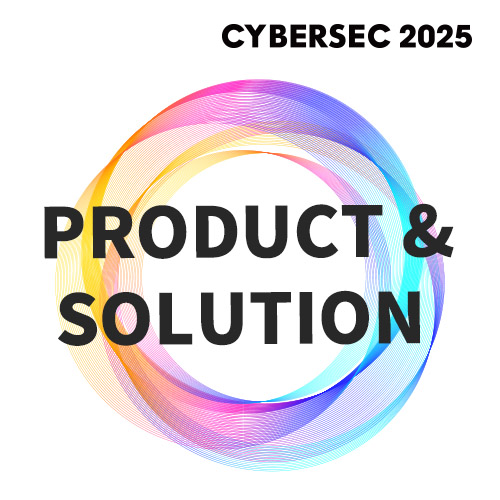Solutions

Exhibitor
Product Description
CYBERSEC 2025 uses cookies to provide you with the best user experience possible. By continuing to use this site, you agree to the terms in our Privacy Policy 。

CYBERSEC 2025 uses cookies to provide you with the best user experience possible. By continuing to use this site, you agree to the terms in our Privacy Policy 。